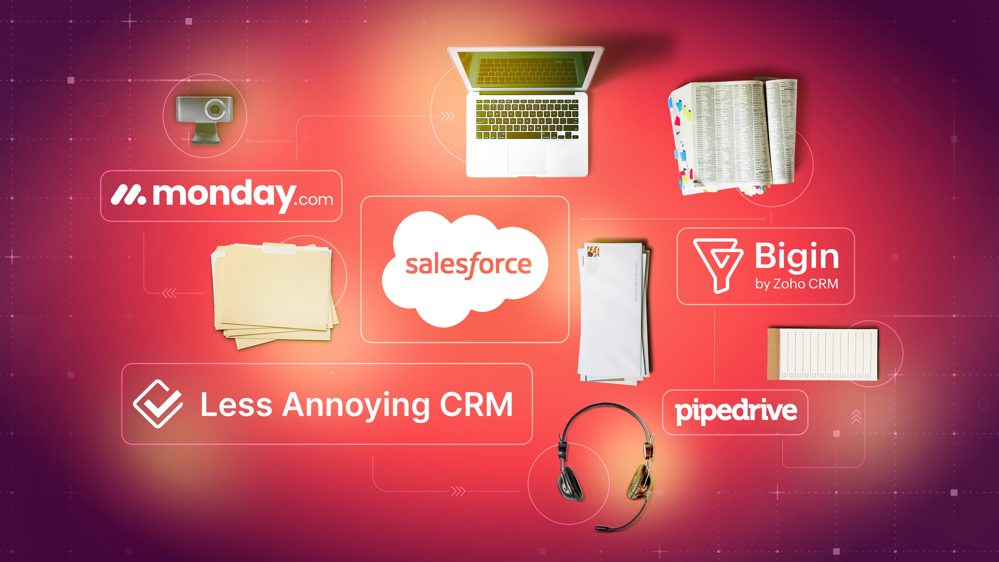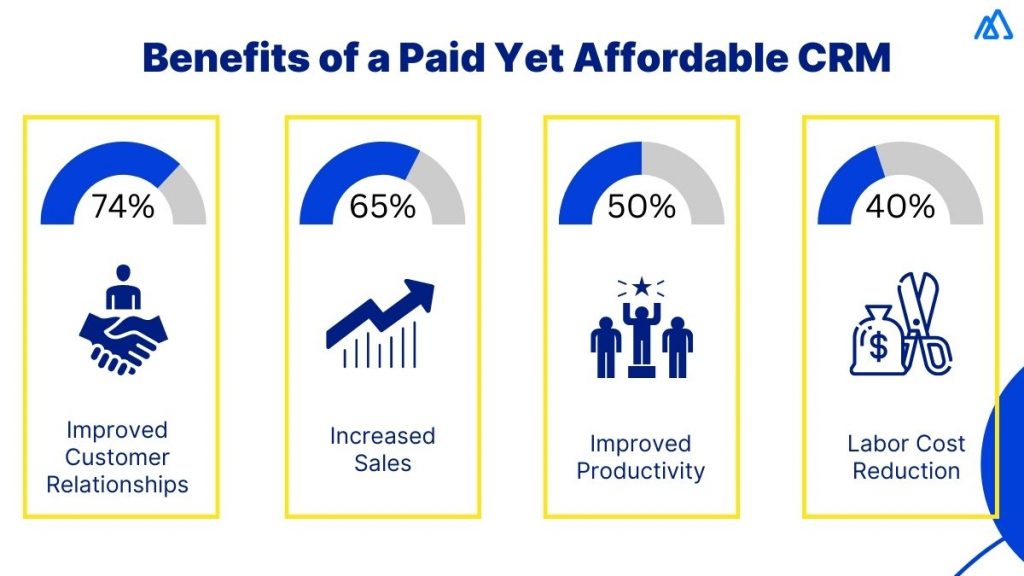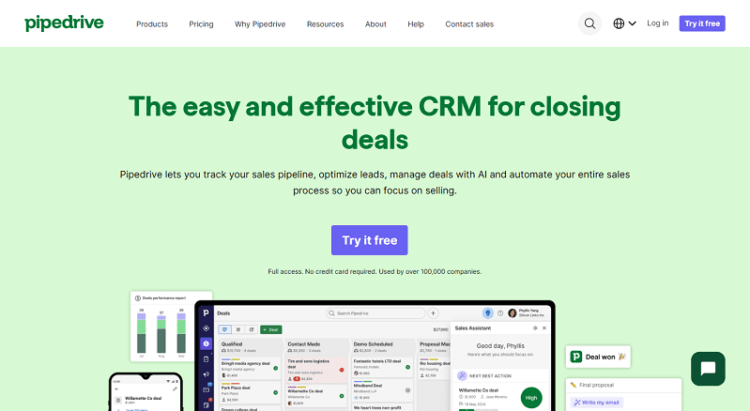Boosting Customer Retention with CRM Marketing: A Comprehensive Guide
In the dynamic world of business, acquiring new customers is often celebrated, and rightly so. However, what truly sustains a business and fuels its long-term growth is the ability to retain those customers. This is where the power of Customer Relationship Management (CRM) marketing comes into play. CRM marketing is not just about selling; it’s about building lasting relationships, understanding customer needs, and fostering loyalty. This comprehensive guide delves into the intricacies of CRM marketing and customer retention, exploring how businesses can leverage this powerful combination to thrive in today’s competitive landscape.
Understanding the Fundamentals of CRM Marketing
Before we dive deep, let’s establish a solid understanding of what CRM marketing entails. CRM, or Customer Relationship Management, is a strategy, a process, and a technology. It’s about managing all your company’s relationships and interactions with current and potential customers. CRM marketing, in essence, is the strategic application of CRM principles to marketing activities. It focuses on using customer data to personalize marketing efforts, improve customer experiences, and ultimately, increase customer loyalty and retention.
Key Components of CRM Marketing
- Data Collection and Management: At the heart of any successful CRM strategy lies the collection, organization, and analysis of customer data. This includes everything from basic contact information to purchase history, browsing behavior, and communication preferences.
- Segmentation: Once you have the data, you need to segment your customers into groups based on shared characteristics. This allows for more targeted and personalized marketing messages.
- Personalization: This is where the magic happens. Personalization involves tailoring your marketing efforts to individual customer preferences and behaviors. This could include personalized email campaigns, product recommendations, and website content.
- Automation: CRM systems often include automation features that can streamline marketing processes, such as sending automated emails, scheduling social media posts, and triggering specific actions based on customer behavior.
- Analytics and Reporting: CRM systems provide valuable insights into the performance of your marketing campaigns. By tracking key metrics like customer acquisition cost, customer lifetime value, and churn rate, you can continuously optimize your strategies.
The Vital Role of Customer Retention
Why is customer retention so crucial? The answer lies in its profound impact on a business’s profitability and sustainability. Acquiring new customers is significantly more expensive than retaining existing ones. Existing customers are also more likely to make repeat purchases and refer new customers, creating a positive cycle of growth.
Benefits of Strong Customer Retention
- Increased Profitability: Retained customers spend more over time, leading to higher revenue and profits.
- Reduced Costs: It costs less to retain an existing customer than to acquire a new one.
- Enhanced Customer Lifetime Value (CLTV): Loyal customers have a higher CLTV, meaning they generate more revenue over their relationship with your business.
- Improved Brand Reputation: Happy, loyal customers are more likely to become brand advocates, spreading positive word-of-mouth and enhancing your brand reputation.
- Competitive Advantage: Strong customer retention provides a significant competitive advantage, as it’s harder for competitors to lure away loyal customers.
How CRM Marketing Drives Customer Retention
CRM marketing provides the tools and strategies businesses need to build strong customer relationships and foster loyalty. It allows you to understand your customers better, personalize their experiences, and proactively address their needs.
Key Strategies for Using CRM Marketing to Boost Retention
- Personalized Communication: Use customer data to tailor your communications, such as emails, newsletters, and website content, to individual preferences.
- Targeted Offers and Promotions: Segment your customers and create targeted offers and promotions that are relevant to their interests and purchase history.
- Proactive Customer Service: Use CRM data to identify customers who may be at risk of churning and proactively reach out to address their concerns.
- Loyalty Programs: Implement loyalty programs that reward repeat purchases and encourage customer engagement.
- Feedback Collection and Analysis: Use CRM to collect customer feedback through surveys, reviews, and other channels and use this feedback to improve your products, services, and customer experience.
- Seamless Customer Journey: Ensure a smooth and consistent customer experience across all touchpoints, from initial contact to post-purchase support.
- Predictive Analytics: Leverage predictive analytics within your CRM to anticipate customer needs and proactively offer solutions.
Implementing a Successful CRM Marketing Strategy
Implementing a CRM marketing strategy requires careful planning and execution. Here’s a step-by-step guide to help you get started:
1. Define Your Goals and Objectives
Before you start, clearly define your goals and objectives. What do you want to achieve with your CRM marketing efforts? Are you trying to increase customer retention rates, improve customer satisfaction, or boost customer lifetime value? Having clear goals will help you measure your progress and make informed decisions.
2. Choose the Right CRM System
Selecting the right CRM system is crucial. Consider your business size, budget, and specific needs. Research different CRM platforms and choose one that offers the features and functionalities you need. Some popular CRM systems include Salesforce, HubSpot, Zoho CRM, and Microsoft Dynamics 365.
3. Collect and Organize Customer Data
Gathering accurate and comprehensive customer data is the foundation of any successful CRM strategy. Collect data from various sources, such as your website, social media, email marketing campaigns, and customer service interactions. Ensure your data is organized and readily accessible.
4. Segment Your Customers
Divide your customers into segments based on shared characteristics, such as demographics, purchase history, and behavior. This will allow you to create more targeted and personalized marketing messages.
5. Develop Personalized Marketing Campaigns
Create marketing campaigns that are tailored to the specific needs and preferences of each customer segment. Use personalized email marketing, targeted offers, and customized website content to engage your customers.
6. Automate Your Marketing Processes
Use automation features within your CRM system to streamline your marketing efforts. Automate tasks such as sending welcome emails, following up on abandoned shopping carts, and triggering specific actions based on customer behavior.
7. Track and Analyze Your Results
Regularly track and analyze the results of your CRM marketing campaigns. Use key metrics such as customer retention rate, customer lifetime value, and customer satisfaction scores to measure your progress and identify areas for improvement.
8. Continuously Optimize Your Strategy
CRM marketing is an ongoing process. Continuously monitor your results, gather feedback, and make adjustments to your strategy as needed. Stay up-to-date on the latest CRM marketing trends and best practices.
Leveraging CRM for Specific Customer Retention Strategies
CRM systems are versatile tools that can be employed in a variety of ways to enhance customer retention. Here are some specific strategies and examples:
Proactive Customer Service and Support
CRM allows businesses to proactively address customer issues before they escalate. By monitoring customer interactions, purchase history, and support tickets, you can identify customers who may be struggling or at risk of churning. Proactive outreach, personalized support, and quick resolution of issues can significantly boost customer satisfaction and loyalty.
Example: A software company uses its CRM to identify customers who haven’t logged into their account in a while. They send a personalized email offering assistance, tutorials, or a special offer to encourage them to re-engage with the product.
Personalized Recommendations and Upselling
CRM systems can analyze customer purchase history and browsing behavior to provide personalized product recommendations and upsell opportunities. This not only increases sales but also demonstrates that you understand your customers’ needs and preferences, enhancing their overall experience.
Example: An e-commerce store uses CRM data to recommend complementary products to customers based on their previous purchases. They also offer exclusive discounts on higher-value items to encourage upselling.
Targeted Loyalty Programs and Rewards
CRM is invaluable for managing and optimizing loyalty programs. By tracking customer points, rewards, and engagement, you can create highly targeted loyalty programs that incentivize repeat purchases and encourage long-term customer relationships. Tiered loyalty programs, personalized rewards, and exclusive offers are effective ways to keep customers engaged.
Example: A coffee shop uses its CRM to track customer visits and reward frequent customers with free drinks, exclusive discounts, and personalized birthday offers.
Feedback Collection and Actionable Insights
CRM facilitates the collection of customer feedback through surveys, reviews, and other channels. This feedback provides valuable insights into customer satisfaction, pain points, and areas for improvement. By analyzing this data and taking action based on customer feedback, businesses can demonstrate that they value their customers’ opinions and are committed to providing a better experience.
Example: A hotel uses its CRM to send post-stay surveys to guests. They analyze the feedback to identify areas where they can improve their service and address any negative experiences.
Churn Prediction and Prevention
Advanced CRM systems utilize predictive analytics to identify customers who are at risk of churning. By analyzing customer behavior, purchase patterns, and support interactions, you can identify early warning signs and proactively intervene to prevent customer churn. This may involve offering special promotions, providing personalized support, or addressing specific concerns.
Example: A subscription service uses its CRM to predict which customers are likely to cancel their subscriptions. They then offer targeted incentives, such as discounts or bonus features, to retain these customers.
Measuring the Success of Your CRM Marketing Efforts
To truly understand the impact of your CRM marketing efforts on customer retention, you need to track and measure key performance indicators (KPIs). Here are some essential metrics to monitor:
Customer Retention Rate
This is the percentage of customers who remain loyal to your business over a specific period. A higher retention rate indicates stronger customer loyalty and a more successful CRM strategy. Formula: ((Number of customers at the end of the period – Number of new customers acquired during the period) / Number of customers at the start of the period) * 100.
Customer Churn Rate
This metric measures the percentage of customers who stop doing business with you during a specific period. A lower churn rate is a sign of strong customer retention. Formula: (Number of customers lost during the period / Number of customers at the start of the period) * 100.
Customer Lifetime Value (CLTV)
CLTV represents the total revenue a customer is expected to generate throughout their relationship with your business. A higher CLTV indicates that your CRM strategy is driving long-term customer loyalty and profitability. Formula: (Average purchase value * Average purchase frequency rate) * Average customer lifespan.
Customer Satisfaction (CSAT) Score
CSAT measures how satisfied customers are with your products, services, and overall experience. This is often measured through surveys or feedback forms. A higher CSAT score indicates that your CRM efforts are improving customer satisfaction.
Net Promoter Score (NPS)
NPS measures customer loyalty and willingness to recommend your business to others. It’s calculated by asking customers how likely they are to recommend your company on a scale of 0 to 10. A higher NPS indicates stronger customer loyalty and advocacy.
Customer Acquisition Cost (CAC)
While not directly related to retention, CAC is an important metric to track. It measures the cost of acquiring a new customer. By improving customer retention, you can reduce your reliance on acquiring new customers, which can lower your overall CAC. Formula: (Total marketing and sales expenses / Number of new customers acquired).
Avoiding Common Pitfalls in CRM Marketing
While CRM marketing offers immense benefits, it’s essential to be aware of common pitfalls that can hinder your efforts:
Poor Data Quality
Inaccurate, incomplete, or outdated customer data can undermine your entire CRM strategy. Regularly clean and update your data to ensure its accuracy and reliability.
Lack of Personalization
Failing to personalize your marketing efforts can lead to generic and irrelevant communications, which can frustrate customers. Use customer data to tailor your messages and offers to individual preferences.
Ignoring Customer Feedback
Failing to listen to and act on customer feedback can lead to dissatisfaction and churn. Actively solicit feedback and use it to improve your products, services, and customer experience.
Insufficient Training and Adoption
If your employees aren’t properly trained on how to use your CRM system, they won’t be able to leverage its full potential. Provide adequate training and support to ensure your team can effectively utilize the system.
Not Integrating CRM with Other Systems
Failing to integrate your CRM system with other business systems, such as your website, e-commerce platform, and marketing automation tools, can limit its effectiveness. Ensure your CRM system is integrated with your other tools to streamline your marketing efforts.
Focusing on Technology Over Relationships
Remember that CRM is about building relationships, not just using technology. Focus on providing value to your customers and building trust.
The Future of CRM Marketing and Customer Retention
The landscape of CRM marketing is constantly evolving. As technology advances, new opportunities and challenges emerge. Here’s what the future holds:
Artificial Intelligence (AI) and Machine Learning (ML)
AI and ML are transforming CRM marketing by enabling more sophisticated data analysis, predictive analytics, and personalized customer experiences. AI-powered chatbots, automated email marketing, and personalized product recommendations are becoming increasingly common.
Omnichannel Marketing
Customers interact with businesses across multiple channels, including email, social media, website, and mobile apps. Omnichannel marketing involves creating a seamless and consistent customer experience across all channels. CRM systems are essential for managing omnichannel campaigns and providing a unified view of the customer.
Data Privacy and Security
With increasing concerns about data privacy and security, businesses must prioritize protecting customer data and complying with regulations such as GDPR and CCPA. Transparency and trust are crucial for building long-term customer relationships.
Hyper-Personalization
Customers expect highly personalized experiences that are tailored to their individual needs and preferences. Hyper-personalization involves using advanced data analytics and AI to create truly unique and relevant experiences for each customer.
Focus on Customer Experience (CX)
Customer experience is becoming a key differentiator in today’s competitive market. Businesses that prioritize customer experience and consistently deliver exceptional service are more likely to retain their customers and build brand loyalty.
Conclusion: Embracing CRM Marketing for Sustainable Growth
In conclusion, CRM marketing is a powerful strategy for driving customer retention and achieving sustainable business growth. By leveraging the tools and strategies outlined in this guide, businesses can build strong customer relationships, personalize customer experiences, and foster lasting loyalty. Implementing a well-defined CRM marketing strategy, continuously monitoring your results, and adapting to the evolving market landscape are key to success. Embrace the power of CRM marketing, and watch your business thrive!


